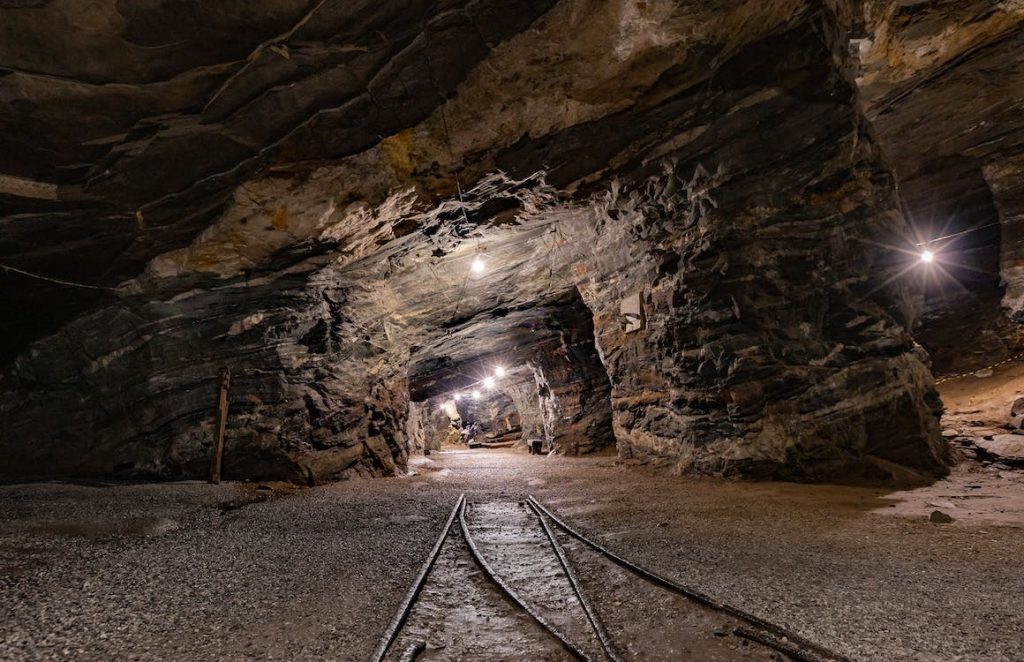Gemological Institute of America | Diamond Mining Becoming more Difficult
Diamonds, renowned for their rarity and brilliance, have long been associated with luxury and enduring beauty. However, the process of extracting these precious gems from the Earth is facing increasing scrutiny due to concerns surrounding sustainability, environmental impact, and the evolving landscape of mining technology. In this article, we delve into the reasons why diamond mining is becoming less sustainable each year, explore the environmental implications of mined diamonds, and examine the technological advancements shaping the industry.
Why Diamond Mining Becomes Less Sustainable Every Year
- Depleting Reserves: Traditional diamond mines are depleting, and new discoveries of economically viable deposits are becoming increasingly scarce. As mines reach the end of their productive life cycles, diamond miners are compelled to explore more remote and challenging locations. Extracting diamonds from these areas requires additional resources, energy, and poses greater environmental risks.

- Energy Intensity and Carbon Footprint: Diamond mining is an energy-intensive process. The machinery used for excavation, transportation, and processing, as well as the crushing and sorting of diamonds, demand significant energy inputs. This contributes to a substantial carbon footprint, especially as larger and more mechanized operations become common in response to the depletion of easily accessible deposits.
- Water Usage: Diamond mining operations typically require large amounts of water for various purposes, including extraction and processing. The industry’s reliance on water resources can strain local ecosystems, particularly in regions where water scarcity is a pressing concern. Increased competition for water resources also heightens the environmental impact of diamond mining.
- Environmental Degradation and Habitat Disruption: Open-pit mining, a common method for diamond extraction, often results in deforestation, habitat disruption, and soil erosion. This environmental degradation can lead to the loss of biodiversity and adversely affect ecosystems. As mining operations move into more ecologically sensitive areas, the impact on local flora and fauna intensifies.
- Social and Ethical Concerns: The diamond industry has grappled with ethical challenges, particularly related to conflict diamonds or “blood diamonds.” These diamonds are mined in war zones and used to finance armed conflict against governments. Efforts to address these ethical concerns, such as the Kimberley Process, have faced criticism for their effectiveness, and concerns about the social implications of diamond mining persist.
- Consumer Demand for Sustainability: Changing consumer preferences and a growing awareness of environmental and ethical issues have led to an increased demand for sustainable and ethically sourced products, including diamonds. This shift in consumer behavior puts pressure on the diamond industry to adopt more sustainable practices and transparent supply chains.
- Regulatory Pressures and Compliance Costs: Governments and international bodies are imposing stricter regulations on mining practices to address environmental and social concerns. Compliance with these regulations often requires significant investments in technology and infrastructure, increasing operational costs for diamond mining companies.
Are Mined Diamonds More Environmentally Friendly?
Contrary to popular belief, mined diamonds may not be as environmentally friendly as one might assume. The environmental impact of diamond mining includes deforestation, habitat disruption, and the release of greenhouse gases. Additionally, the social and ethical concerns related to the diamond trade, such as conflict diamonds, have prompted a shift in consumer preferences towards more sustainable alternatives.
- Environmental Impact of Mining: Traditional diamond mining, especially open-pit mining, can result in deforestation, habitat disruption, and soil erosion. These activities can have significant consequences for local ecosystems, leading to the loss of biodiversity and the alteration of natural landscapes.
- Carbon Footprint: Diamond mining is an energy-intensive process. The machinery used in mining operations, as well as the processes of transportation and diamond processing, contribute to a substantial carbon footprint. The energy requirements for mining can vary, but large-scale operations often rely on fossil fuels, exacerbating environmental concerns.
- Water Usage: Diamond mining operations often require substantial amounts of water for extraction and processing. In regions facing water scarcity, this can contribute to environmental stress and impact local communities that rely on the same water sources.
- Ethical Concerns and Conflict Diamonds: The diamond industry has faced ethical challenges, particularly related to the trade in conflict diamonds or “blood diamonds.” These diamonds are mined in war zones and used to finance armed conflict against governments. Efforts such as the Kimberley Process aim to address these concerns, but challenges persist, and ethical issues associated with mined diamonds remain a consideration.
- Alternatives and Consumer Preferences: The rise of lab-grown diamonds as an alternative to mined diamonds has gained popularity due to perceived environmental and ethical advantages. Lab-grown diamonds are created in controlled environments, reducing the environmental impact associated with traditional mining. As consumer awareness of these alternatives grows, there is increasing demand for more sustainable and ethical diamond options.
- Reclamation and Responsible Mining Practices: Some mining companies are adopting responsible and sustainable practices to mitigate their environmental impact. This includes efforts to restore mined areas, minimize habitat disruption, and reduce their carbon footprint through energy-efficient technologies. However, the extent to which these practices are implemented varies across the industry.
- Technological Innovations: Advancements in mining technology are seeking to make the extraction process more efficient and environmentally friendly. Precision mining techniques, automation, and the use of renewable energy sources are among the innovations aimed at reducing the environmental footprint of diamond mining.
Diamond Mining Technology
To mitigate the environmental impact of diamond mining, technological advancements are playing a crucial role in revolutionizing traditional extraction methods.

- Precision Mining: Advanced technologies, such as GPS-guided machinery and drones, enable more precise and targeted mining. This minimizes the need for large-scale excavation and reduces the impact on surrounding ecosystems.
- Sustainable Practices: Mining companies are increasingly adopting sustainable practices, including the use of renewable energy sources and the implementation of water recycling systems. These initiatives aim to reduce the industry’s carbon footprint and alleviate environmental concerns.
- Blockchain Technology: To address ethical concerns, blockchain technology is being utilized to create transparent and traceable supply chains. This ensures that consumers can verify the origin of a diamond, reducing the risk of supporting conflict diamonds.
Conclusion
As the diamond industry grapples with the challenges of sustainability and environmental responsibility, technological innovations offer a glimmer of hope for a more sustainable future. The push for ethical sourcing and the development of eco-friendly mining practices are reshaping an industry that has long been associated with opulence. Ultimately, the transformation of diamond mining is a complex process that requires collaboration between industry stakeholders, governments, and consumers to ensure a more sustainable and ethical diamond trade.